- Established 1982 -HOME: www.hiltonpond.org
THIS WEEK at HILTON POND Subscribe for free to our award-winning nature newsletter (Back to Preceding Week; on to Next Week) |
WOODLAND WILDFLOWERS, As April progresses in the Carolina Piedmont and at Hilton Pond Center, Pinxter-flower (Wild Azalea) shows off pink finery in the shrub layer while Flowering Dogwoods grace the wooded understory with a blanket of white. Because decades of row cropping and grazing wiped out many native herbs, the Center hosts few early spring ephemerals such as Bloodroot, Hepatica, and Trout-Lily, but we occasionally discover a new wildflower--perhaps as birds bring in seeds from properties beyond. In this week's photo essay we describe two floral gems that are already established and mention a trio of interesting mid-April bird appearances.
All text, maps, charts & photos © Hilton Pond Center Perhaps eight or ten years back we noticed a single flower of Spring Beauty, Claytonia virginica, on display behind the old farmhouse at Hilton Pond Center. It was growing right beside a well hand-dug and lined with stone a century ago. Since our discovery, the plant has done an excellent job of self-propagating; by now hundreds of these blossoms (above) appear on dozens of plants in a carpet that is at least ten feet by ten feet. Rather than having been disseminated by birds, we suspect the original immigrant came in as a seed in a pot containing Jack-in-the-Pulpit corms gifted to us by a native plant nursery. It's easy to understand how one Spring Beauty plant could turn into such a big colony in so few years. Each flower makes one or more 1.5mm seeds (below left), each bearing an elaiosome-- Incidentally, Spring Beauty pollination is by a variety of flies and bees--especially Andrena erigeniae, a fuzzy Mining Bee that visits Spring Beauty almost exclusively. (Such specialist pollinators are called oligoleges; their larvae require pollen of a specific flower for proper development.) The good news is that prolific Spring Beauty is a native plant. Although it disappears almost as quickly as it appears in spring--shaded out by tall grasses and vines--it deposits a cornucopia of seeds that guarantee another wildflower crop brightening the Hilton Pond landscape. All text, maps, charts & photos © Hilton Pond Center On the afternoon of 12 April a flash of white zipped past our office window in the old farmhouse at Hilton Pond Center. We knew this was a different bird than we had been seeing lately and thought it might be that locally rare Red-headed Woodpecker that graced the Center the preceding week. It seemed a little smaller, however, so we quietly opened the door to the back deck and peered into the trees above with binoculars. Through new green leaves we were able to lock in on the mystery bird and confirmed our suspicion it was a different sort of red, white, and black than the woodpecker: Male Rose-breasted Grosbeak! Although Rose-breasted Grosbeaks (RBGR) don’t nest in the Carolina Piedmont, we get them almost every year at the Center—especially during spring migration. They visit sunflower seed feeders and occasionally get snared in one of our traps designed for much smaller birds. We’ve also caught them in mist nets, having banded just 55 since 1982.
All text, maps, charts & photos © Hilton Pond Center A little while after we first spotted the RBGR we saw it again in an unexpected location: Dining at one of the same suet feeders that attracted last week's Red-headed Woodpecker. As the grosbeak fed we managed to mount a telephoto lens on the camera and aimed the device quickly in the bird's general direction. The photo above is the result of that effort.
All text, maps, charts & photos © Hilton Pond Center Rose-breasted Grosbeaks are well named, with sizable bone-colored mandibles (above) that can chomp down hard on seeds, beetles, and a bander’s fingers. Adult males take two years to get their adult plumage of black back, head, and wings,
All text, maps, charts & photos © Hilton Pond Center The only sure way to differentiate females from fledgling males is to look beneath the wings. Female RBGR have a wing lining of pale yellow-orange (above), while a male’s is rose-colored. This is a handy sexing tool for a bird bander that sometimes can be seen at feeders. Rose-breasted Grosbeaks are early spring migrants from Central America, the Caribbean, and northern South America, but the one we spotted on 12 April was a surprise because we’ve never hosted one before the 23rd. This bird ended up being a "one-day wonder" that quickly headed toward primary breeding grounds, likely in the northeastern U.S. and central Canada. (NOTE: The species breeds less commonly up the Blue Ridge and Appalachians from extreme North Georgia. We know of at least one record of a singing male from Caesar’s Head State Park in northern Greenville County SC.) All text, maps, charts & photos © Hilton Pond Center For most of April at Hilton Pond we have been serenaded nearly around the clock by a pair of Barred Owls that sing “Who cooks for you, Who cooks for you all” at least a couple of times per minute. This is probably the most vocal the local owls have been in our time at the Center, even though many years we’ve had a nesting pair and, subsequently, one or two of their offspring.
All text, maps, charts & photos © Hilton Pond Center We're not sure what’s causing the owls to be so animated this particular breeding season, but they really have been going at it. Occasionally they call from trees just above our office at the old farmhouse, while other times we hear the duo duetting in distant woods. The smaller male’s voice is noticeably lower pitched, and he’s also more inclined to say just “you all” with a deep trailing note. They’re better (or much worse!) than any alarm clock when they call incessantly from a roost near the bedroom window. Barred Owls breed quite early here—we suspect they’re on eggs by February at the latest—so it’s likely this year’s brood has already hatched and the parents are vocalizing frequently to indicate their own whereabouts as they patrol the property hunting food for their chicks. Since this species is active both day and night—and especially at dawn and dusk—we weren't surprised late morning on 14 April to see an adult owl gliding across still waters of Hilton Pond in broad daylight.
All text, maps, charts & photos © Hilton Pond Center Several nights ago there was even more racket than usual when we heard what we think were FOUR Barred Owls hooting at each other in agitated fashion--apparently two males and two females, each with a recognizably different voice. We suspect we were listening to a dispute in which the two pairs were testing a territorial boundary and defending it by seeing who could hoot loudest. We suspect the local breeding pair won the battle. In a few weeks when this year’s full-grown fledglings (file photo, above) start to move about, the Barred Owl Family’s vocalizations will become a true cacophony. The chorus will still include the “Who cooks for you” couplet, but additional chattering and caterwauling will sound like something produced by a monkey troop (or maybe troupe) at the zoo. Then it will be REALLY difficult for the Hilton Family to sleep! All text, maps, charts & photos © Hilton Pond Center Although trilliums are among the most common native woodland wildflowers across much of temperate North America, we have precious few of them at Hilton Pond Center. In fact, despite the Carolinas being home to at least a dozen trillium species, the Center's collection is limited to several nice specimens of Trillium cuneatum, better known as Little Sweet Betsy.
All text, maps, charts & photos © Hilton Pond Center This particular trillium is most identifiable by three large variegated bracts, which often are mistaken for leaves. These are centered with a usually purplish-black or maroon flower having three sepals and three petals that point skyward. The blossom (below right)--which more rarely can be greenish, bronzy, or yellow--smells faintly of Sweetshrub or bananas. Fragrantly named Little Sweet Betsy occurs most commonly in the southeastern U.S. but has escaped and is established elsewhere. Like the Spring Beauty wildflower described earlier, Little Sweet Betsy produces seeds bearing exterior elaiosomes eaten by ants that, in turn, disseminate the seed. Yellowjacket wasps also are known to eat the elaiosomes and fly with this trillium's seeds, thereby disseminating them over a greater distance than terrestrial ants. The plant also reproduces by rhizomes, allowing it to form dense stands in the woods. Pollination is apparently by flies attracted to the flower's sweet odor. Incidentally, if you look up trilliums in various old botany books you'll find them listed in the Lily Family (Liliaceae). Some botanists prefer to put them in the Melanthiaceae (Bunchflower Family), while more recent taxonomic studies indicate they should be placed back in the historically sound Trilliaceae (Trillium Family). Bottom line: Nobody seems to know for sure right now, so there's plenty to argue about at your next dinner party with plant enthusiasts. All text, maps, charts & photos © Hilton Pond Center
All text, maps, charts & photos © Hilton Pond Center 'Twas a chilly and rainy day on 20 April at Hilton Pond Center, but not too cool and damp to lead a Guided Field Trip around the trails for two Pittsburgh first-cousins-once-removed and their significant others. Melissa Oliver (with Flip Filipowski) and Nick Hilton (with Maria Rewiako) even got to see a couple of "little brown jobbers" up close--one a Chipping Sparrow just molting in its chestnut crown and the other a White-throated Sparrow (above) with the brightest possible head markings. Although it was great sharing these wonders with the group, possibly the most eye-pleasing birds of the day appeared after the cousins departed. These were two of a species that breeds here but is most obvious when multiples stop at our feeders on their way further north. The two birds--both of which we caught in ground traps baited with mixed seed--were unmistakable even from a distance. Sparrow-sized, they were--and this is an understatement--stunningly blue in color. Yep, male Indigo Buntings!
All text, maps, charts & photos © Hilton Pond Center To say Indigo Buntings (one of those males, above) are blue--or even indigo--is, in our judgment, a misrepresentation of fact. They are indeed indigo . . . but also azure . . . and royal blue . . . and ultraviolet . . . and turquoise . . . and mazarine . . . and probably a couple of shades for which we don't even have names. All these hues put together make for a bird that is nothing short of breathtaking.
All text, maps, charts & photos © Hilton Pond Center So maybe that's it. Perhaps we should start calling this bird the "Breathtaking Bunting" out of appreciation for how the species truly looks. Yeah, good idea . . . we're penciling that new name into our field guides right now--the Breathtaking Bunting! (And we're not even gonna get into a discussion this week about how Indigo Buntings aren't really blue in the first place, that the blue appearance is merely a result of how light scatters when it hits feathers that are actually . . . black! Maybe next time.) All text, maps, charts & photos © Hilton Pond Center
Checks also can be sent to Hilton Pond Center at: All contributions are tax-deductible on your Don't forget to scroll down for Nature Notes & Photos, |
|---|
|
"This Week at Hilton Pond" is written and photographed by Bill Hilton Jr., executive director of Hilton Pond Center for Piedmont Natural History
|
|
|
Please refer "This Week at Hilton Pond" to others by clicking on this button: |
|

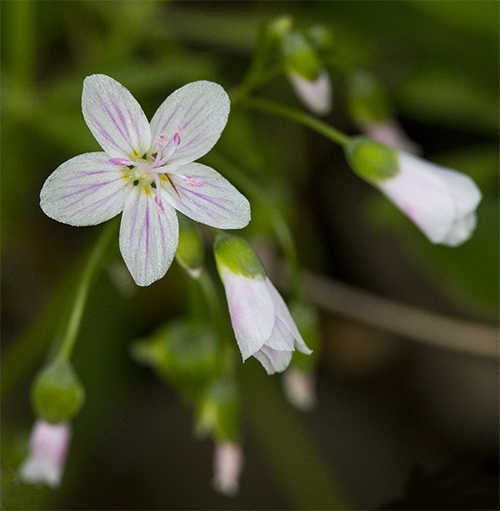
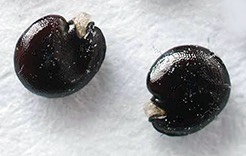 a tiny fleshy structure that is protein-rich; these attract the attention of ants that gather and transport seeds to the ant hill. Nurse ants then feed the nutritious elaiosomes to ant larvae and remove the now-naked but undamaged seeds to an underground midden. In this "wildflower garden," organic matter
a tiny fleshy structure that is protein-rich; these attract the attention of ants that gather and transport seeds to the ant hill. Nurse ants then feed the nutritious elaiosomes to ant larvae and remove the now-naked but undamaged seeds to an underground midden. In this "wildflower garden," organic matter 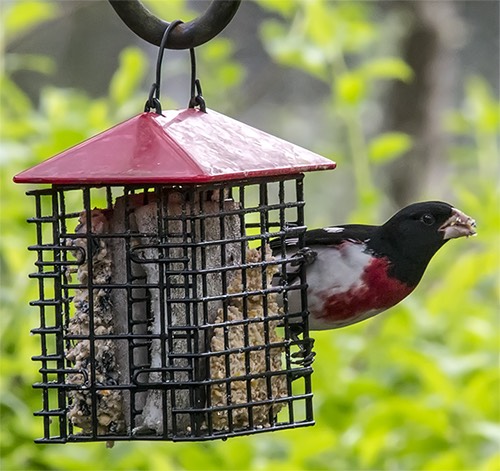
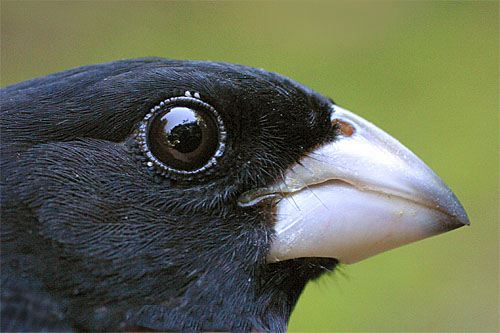
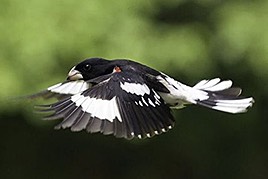 plus a white belly and prominent white wing and tail spots that flash noticeably in flight
plus a white belly and prominent white wing and tail spots that flash noticeably in flight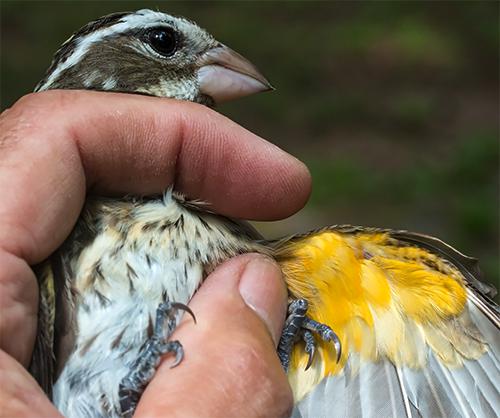
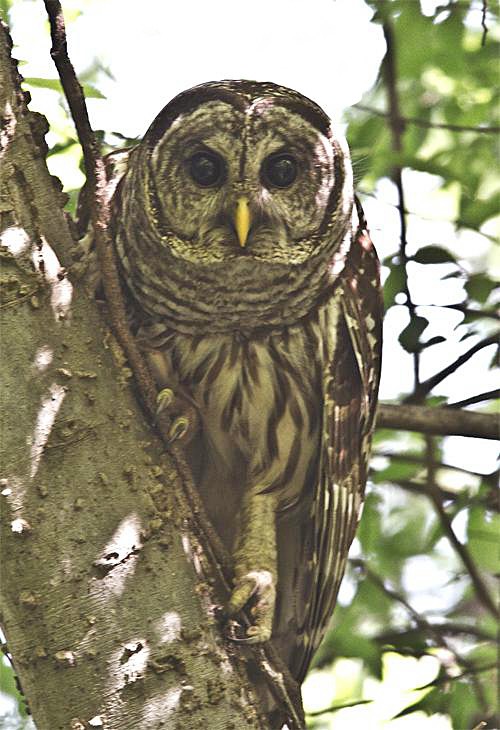
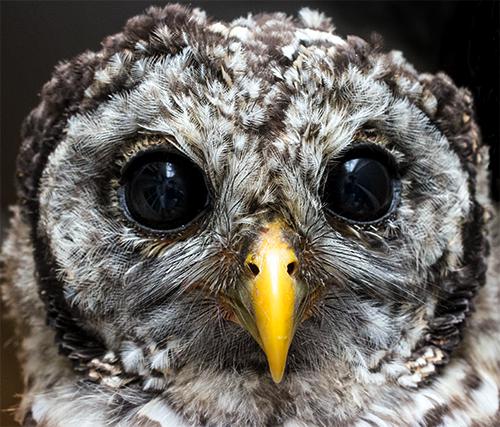
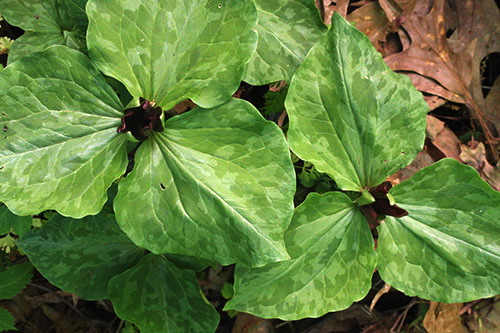
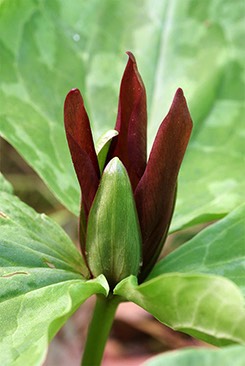
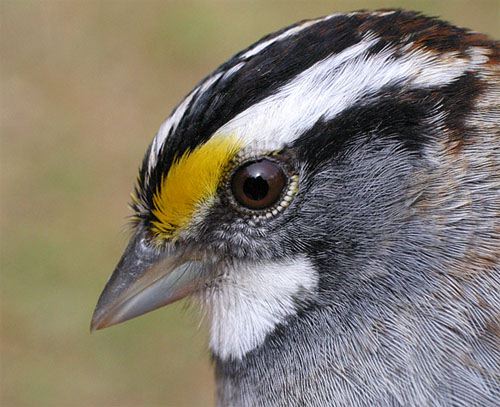
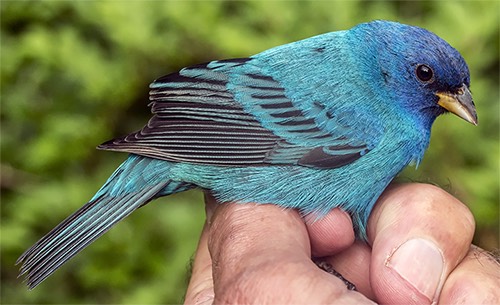
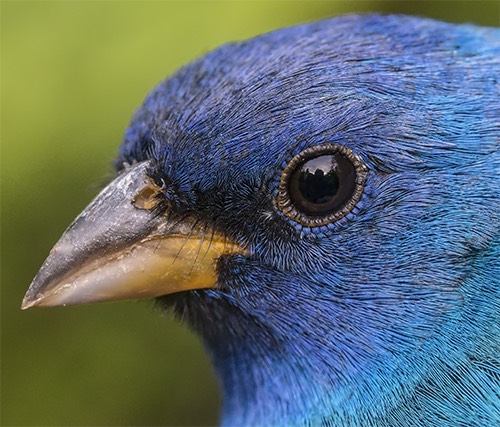










 Please report your
Please report your